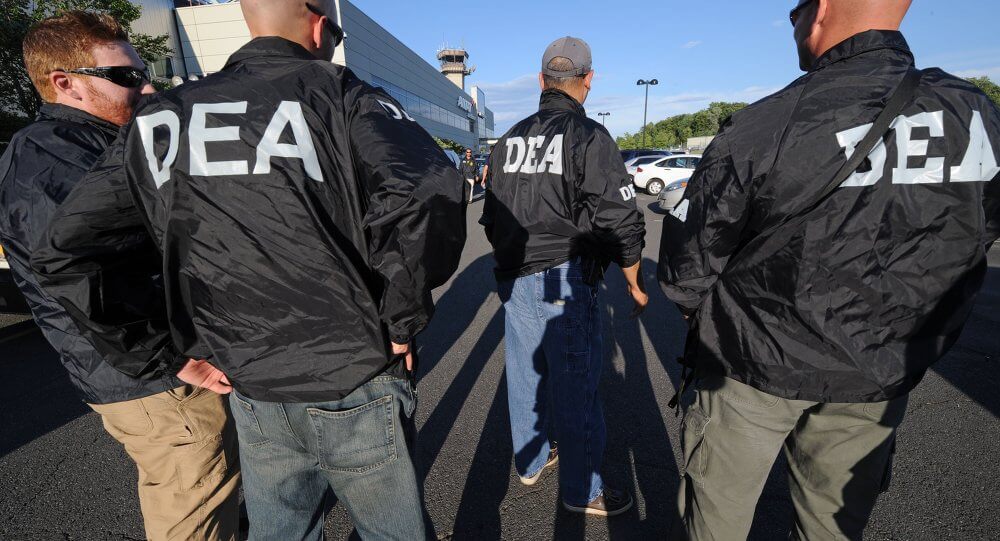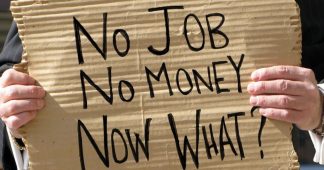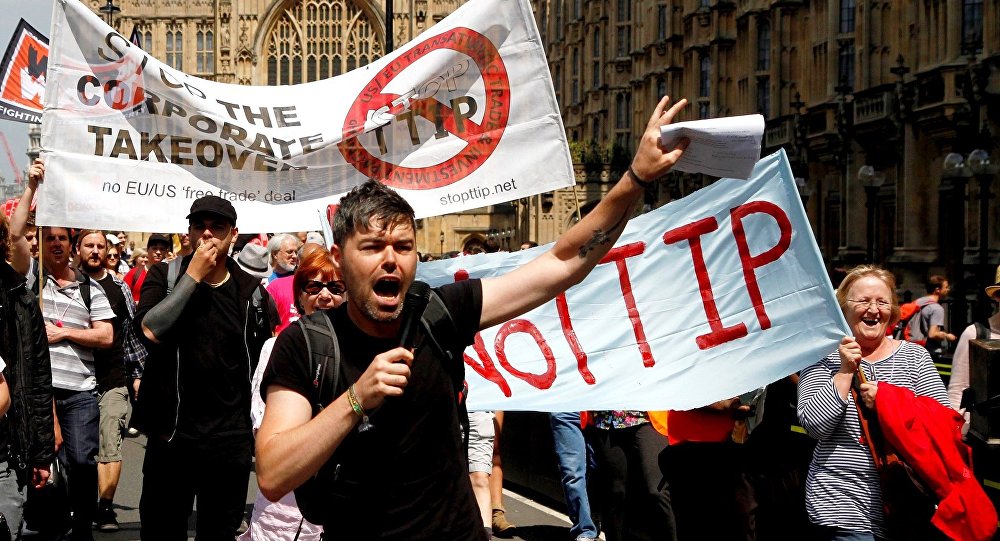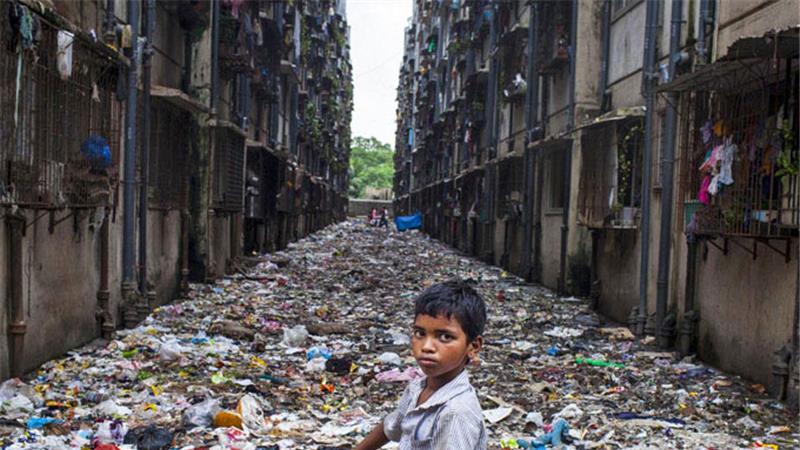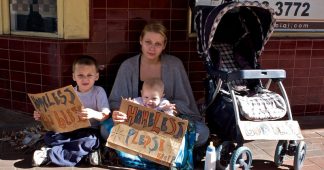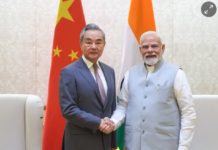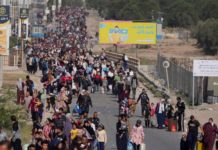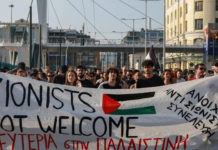More than 2 million Bolivians have come out of extreme poverty in the last decade.
Bolivia’s economy is on course to grow by 5 percent this year, placing it among the top performers in Latin America. It’s a sign of Bolivia’s rapid economic transformation in South America. Another indicator is falling poverty rates. When Evo Morales took office in 2006 the rate of extreme poverty was 38.2 percent. In 2016, that figure is now 16.8 percent.
“More than 2 million people have left extreme poverty,” says Deputy Minister of Budget and Fiscal Accounting, Jaime Durán. A decade ago Bolivia was considered Latin America’s poorest country “Our economy was compared with African nations and not with those of the region,” claimed Durán.
A recent World Bank report confirmed that Bolivia is a world champion in revenue growth for the poorest 40 percent of its population. “It is one of the most important legacies of this this government,” said Minister Duran in a press briefing.
While poverty and crime are still problems, “there have also been many improvements that have benefited my friends and neighbors,” Nina said. The residents of this small, remote town have access to better infrastructure, schools and potable water. “But we still have to fight the council for everything and we always need more.”
Extreme poverty has not been eradicated completely in District 5, but local representatives like Fanny are determined to make people’s lives better.
The community still has its fair share of social problems, but “every year we see more changes for the better,” one resident told teleSUR as we accompanied Fanny Nina on one of her weekly walkabouts. Cholitas are still selling on the streets, but now they sell alone while their children attend school. “This used to be the exception, not the rule,” Fanny told me in between dealing with the demands of her constituents.
Bolivia’s socialist government has ambitious plans to bring even more people out of extreme poverty. Low-income residents like those in District 5 are the main targets. “By 2020, we will reduce extreme poverty to 9.5 percent,” President Evo Morales has said.
In 2005, the richest 10 percent of the population had 128 times the wealth of the poorest 10 percent. In 2015, this gap was reduced to 37 times.
The government expects moderate poverty to drop to 24 percent and the inequality of income between the richest and the poorest to decrease to 25 times over the next five years. “There is a strong emphasis on industrialization and in building a society where not only poverty is eradicated, but where we also see social changes,” Bolivia’s Minister for Development René Orellana, said.

